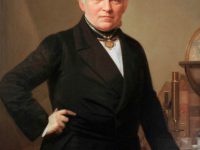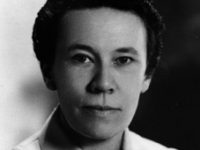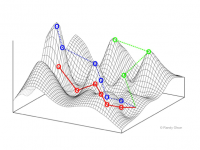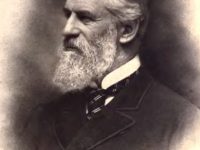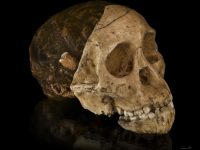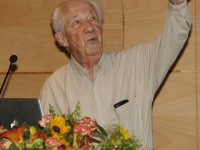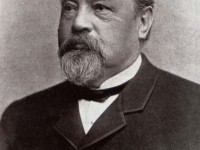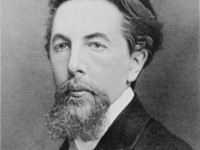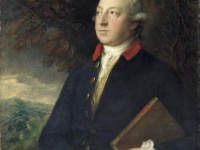Christian Gottfried Ehrenberg – Father of Micropaleontology
On April 19, 1795, German naturalist, zoologist, comparative anatomist, geologist, and microscopist Christian Gottfried Ehrenberg was born. Ehrenberg was one of the most famous and productive scientists of his time. He has been called the founder of micropaleontology (the study of fossil microorganisms). He held that animals, of any size down to the tiniest, have organ systems in common, including muscles, reproductive organs, and stomachs. Christian Gottfried Ehrenberg – Early Years Christian Gottfried Ehrenberg…
Read more

